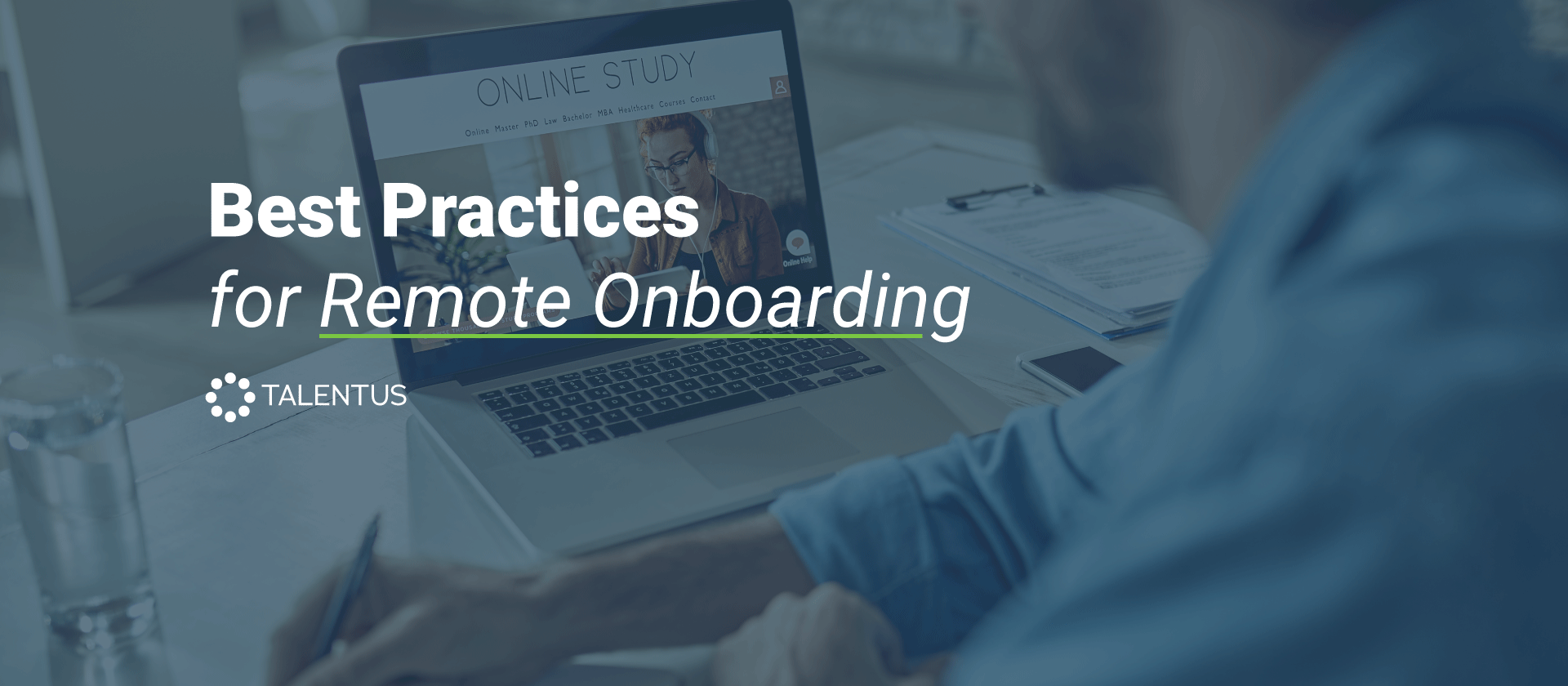Training a new hire can be a difficult task, especially remote onboarding outsourced talent. That’s why the onboarding process is vital in ensuring good team chemistry.
Remote Onboarding?
So, what is remote onboarding? This is the process of integrating new team members into an organization. When companies outsource talent or hire employees who can work from home this is done remotely.
An onboarding session is not a “one and done” meeting. It takes time to make sure a new hire feels welcomed and most importantly, understands what’s expected of them. If the organization has someone to shadow and show the new hire the ropes, it would be the best way for the new team member to fully understand what is expected. A week or two could be the appropriate amount of time for the onboarding process to last.
Additionally, don’t forget to teach about the other areas of the company. A new team member should understand who they can ask about topics that might not be directly from their area. Some examples of this are talking about the HR, Accounting, IT among other departments. Another item that is overlooked when onboarding a new hire is teaching them to sign up for benefits or other company policies that may not be part of the day-to-day operation.
Difficulties
Also, one of the bigger challenges with remote onboarding can be on the technical side. There could be many instances of computer or software issues that may not be so easy to solve. Even just the logistics of sending out the computer and devices needed to fulfill the daily tasks. Have your IT staff trained and ready for any circumstance during the onboarding period.
Remote onboarding isn’t over after one week. Make sure to check in periodically and see how the new hire is adapting to the workload, staff, and other responsibilities.
Talentus offers services in digital transformation, to find out more click here. Make sure to follow our social media accounts to stay updated.
